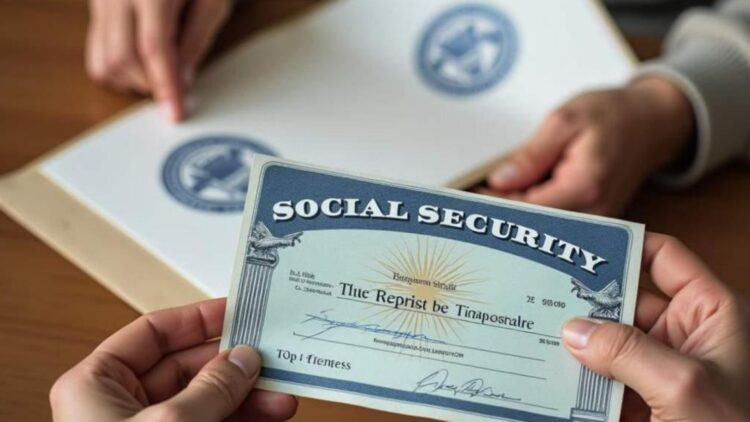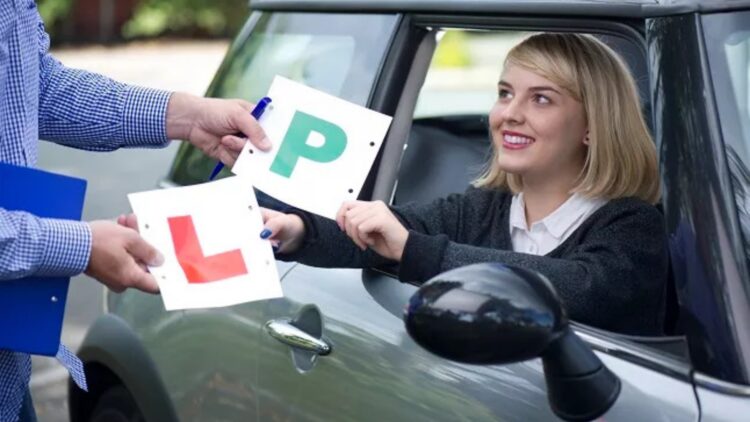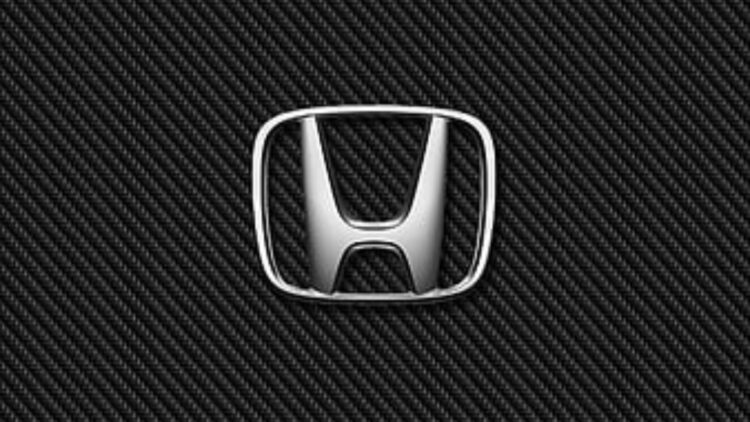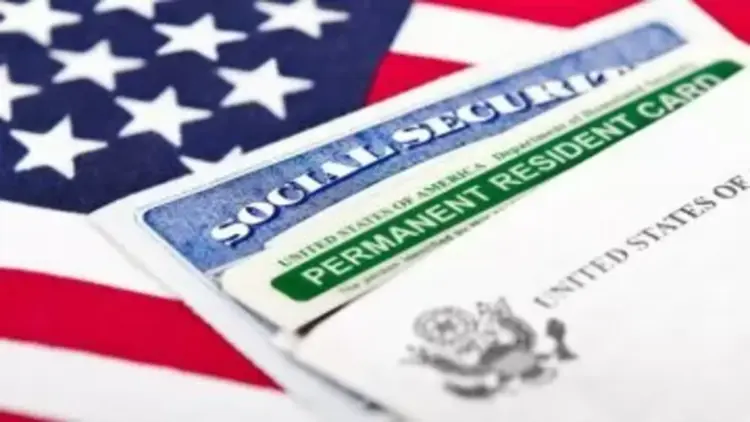Farewell to giant stars – NASA detects three black holes devouring giant stars – a shocking cosmic phenomenon
Neither dinosaurs nor glaciers – the amazing lost world emerging from Antarctic depths – prehistoric life that remained buried
Neither Walmart nor Amazon – Costco and RH expand their advantages for high-level members with access to VIP services and experiences
The 2024–2025 Kawasaki Ninja ZX-6R
(yes, the favourite of thousands of riders around the world) has just been pulled from circulation due to a critical failure that can cause loss of power. The warning, issued by the NHTSA, says that if you own a unit produced between April 2023 and April 2025, do not start it!!
The issue is in crankshaft bearing no. 5, damaged by excess torque in the bolts that hold it. So, without prior warning, the engine can seize while in motion… Extremely dangerous.
That is why,
while Kawasaki looks for a definitive solution
(and with no repair timeline), the news shakes the industry and reopens the debate on quality control…
Kawasaki under review
The engine of this Ninja ZX-6R is a 636 cc inline four-cylinder that spins over 16,000 rpm. That block needs millimetric tolerances to withstand extreme friction. It only took a few crankshaft bolts receiving too much force for the clearance with bearing no. 5 to be nearly zero.
Result: the metal heats up, wears down, and at the worst moment, locks the shaft. With no sensors capable of warning before the failure, the NHTSA has labelled the issue as “sudden loss of power” with critical risk level (keep in mind that losing power on two wheels is much more dangerous than on four).
How many units are in the recall?
The official report, registered under number 25V-376, covers models ZX636J and ZX636K: Anniversary Edition ABS, KRT Edition, and the standard ABS versions without race livery. That’s more than 17,000 motorcycles sold in the United States (and an approximate number in other countries, of course). The worst part is that Kawasaki admits it still does not have a remedy… That’s why the NHTSA has asked that these bikes not be used.
How was the alarm triggered?
It all started with complaints from users who reported sudden shutdowns on the highway. Kawasaki engineers replicated the failure in the lab and confirmed the deformation of the bearing. The company notified the NHTSA, which demanded immediate action. On June 11, dealerships received the directive to immobilize any ZX-6R in stock and to warn owners about the issue to avoid risking more lives.
What does the rider community think?
The Ninja ZX-6R is not just any bike: it is the gateway to the Supersport range and a symbol of the “Team Green”. In forums and social media, the community expresses a mix of frustration and gratitude. Frustration due to the lack of spare parts and uncertainty about resale; gratitude because the warning came before any human losses were mourned…
Can Kawasaki recover from this?
The Japanese brand has already survived other mass recalls (like the one for the ER-6 in 2012 due to chassis cracks, for example). On that occasion, it acted quickly and strengthened customer loyalty. The key in this case will be to offer a complete crankshaft replacement or even new engines, at no cost and with additional compensation.
Competitors more watchful than ever
Yamaha, Honda, and Suzuki are watching closely, waiting. A series failure from the competition could translate into more sales…
What do I do with my bike?
If your VIN matches this recall, the NHTSA recommends registering the bike on the recall portal and contacting your authorized dealer immediately. The instruction is clear: do not ride it. Tow the bike to the shop and give the bill to the manufacturer to cover it.
And if I ignore it?
Don’t play with your life, and even less with that of other drivers you might come across on the road. So, if you decide to ignore the NHTSA’s “do not drive” and have an accident, your insurance policy may be voided, and you may also face penalties for endangering others. Don’t be stupid, don’t ride it.
The NHTSA is there to ensure the safety of all public road users, and it uses its protocols to require all manufacturers to strictly follow maximum safety measures. That’s why they are going to forbid you from using your Kawasaki, not for any other reason.




